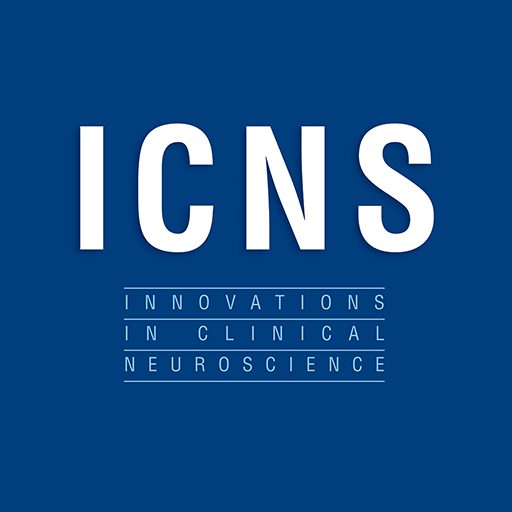 “Recent evidence suggests that 2-week treatment with the non-psychotomimetic cannabinoid cannabidivarin (CBDV) could be beneficial towards neurological and social deficits in early symptomatic Mecp2 mutant mice, a model of Rett syndrome (RTT). The aim of this study was to provide further insights into the efficacy of CBDV in Mecp2-null mice using a lifelong treatment schedule to evaluate its effect on recognition memory and neurological defects in both early and advanced stages of the phenotype progression. CBDV rescues recognition memory deficits in Mecp2 mutant mice and delays the appearance of neurological defects. CBDV administration exerts an enduring rescue of memory deficits in Mecp2 mutant mice. CBDV delays neurological defects but this effect is only transient.” https://www.ncbi.nlm.nih.gov/pubmed/31084246
“Recent evidence suggests that 2-week treatment with the non-psychotomimetic cannabinoid cannabidivarin (CBDV) could be beneficial towards neurological and social deficits in early symptomatic Mecp2 mutant mice, a model of Rett syndrome (RTT). The aim of this study was to provide further insights into the efficacy of CBDV in Mecp2-null mice using a lifelong treatment schedule to evaluate its effect on recognition memory and neurological defects in both early and advanced stages of the phenotype progression. CBDV rescues recognition memory deficits in Mecp2 mutant mice and delays the appearance of neurological defects. CBDV administration exerts an enduring rescue of memory deficits in Mecp2 mutant mice. CBDV delays neurological defects but this effect is only transient.” https://www.ncbi.nlm.nih.gov/pubmed/31084246
“Chronic treatment with the phytocannabinoid Cannabidivarin (CBDV) rescues behavioural alterations and brain atrophy in a mouse model of Rett syndrome.” https://www.ncbi.nlm.nih.gov/pubmed/30056123









